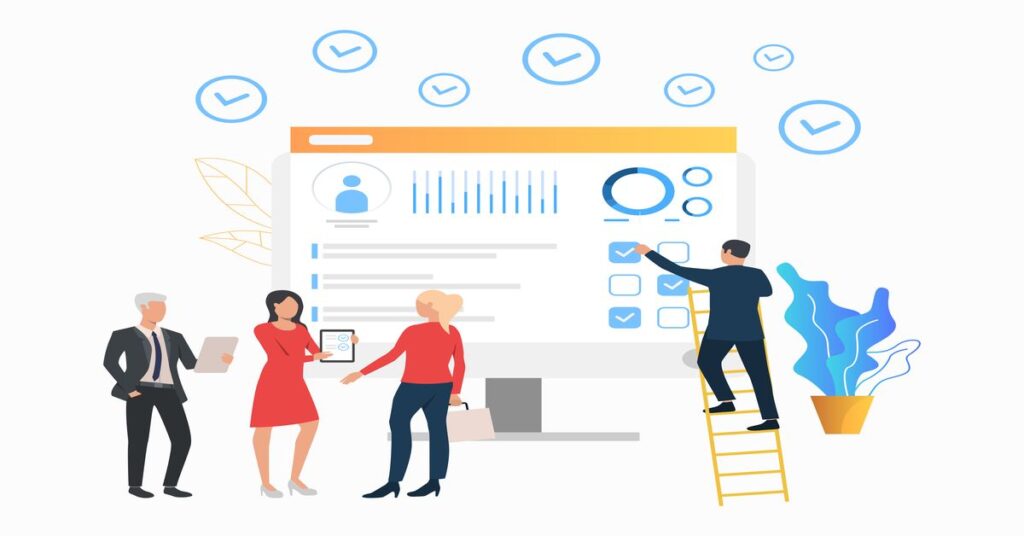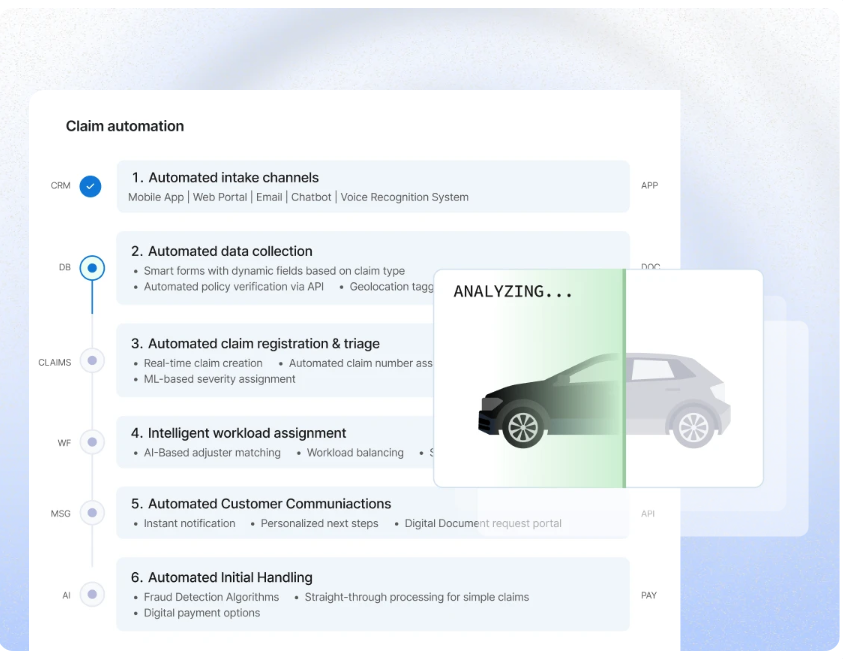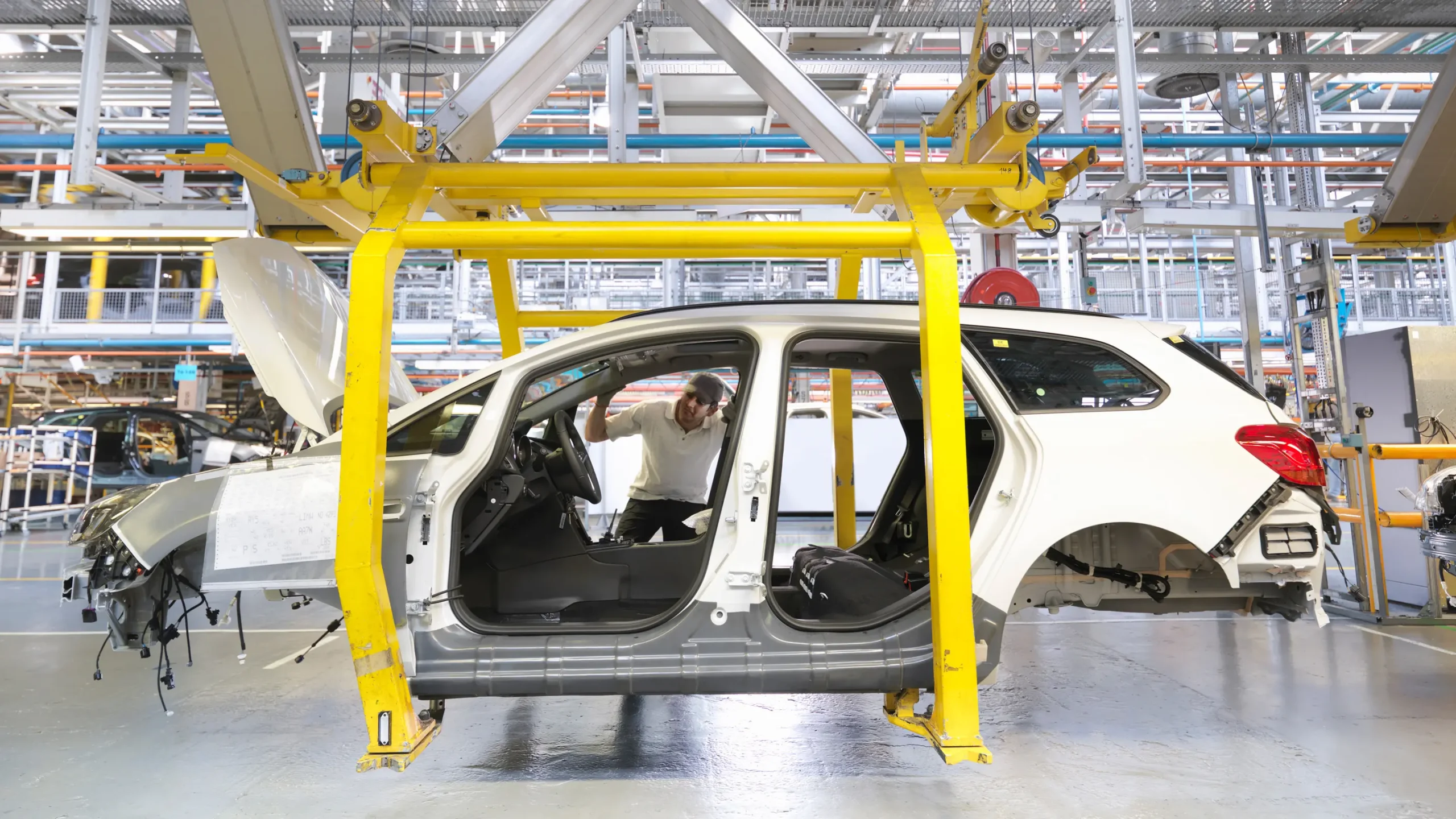Imagine feeling lost at work, unsure of your goals or how your efforts contribute to the bigger picture. That’s the reality for many disengaged employees. Studies show that 36% of American workers feel truly connected, leading to lower productivity, unhappy customers, and even higher turnover. It’s a costly problem, but there’s a solution: a well-designed performance management system (PMS).
Think of a PMS as your personal cheerleader at work. It helps set clear goals you can get excited about, ensuring everyone’s on the same page. Regular check-ins replace those infrequent feedback sessions, pinpointing your strengths and areas for growth. This personalized development keeps you engaged and motivated to learn new skills.
Imagine getting recognized for your achievements! A PMS facilitates this by highlighting your successes and rewarding strong performance. It also collects relevant information useful to the management of HR, equal pay, and establishing a team-focused company. In other words, a PMS promotes an environment of trust, learning and working collectively to attain objectives. It turns your individual efforts into a powerful force for the entire organization’s success story.

What is an employee Performance Management System (PMS)?
A PMS or Performance Management System on the other hand is a software-based system that focuses on a significant, holistic and structured approach to the tracking, assessment and management of employee performance. It ensures that personal and organizational objectives are in harmony, and one engages tools for feedback, check points, and analysis of actual performance.
Benefits of Performance Management Systems (PMS)
For Organizations:
- Increased Productivity & Efficiency: Clear goals and expectations keep employees focused on what matters most, leading to a more productive and efficient workforce.
- Improved Talent Retention: Regular feedback and development opportunities demonstrate an investment in employees, fostering engagement and reducing turnover.
- Data-Driven Decision Making: PMS data provides insights into employee performance, facilitating better decisions about promotions, training allocations, and team structures.
For Employees:
- Clear Expectations & Purpose: Understanding what’s expected and how their work contributes to the company’s goals fosters a sense of purpose and ownership.
- Career Development Roadmap: PMS identifies areas for improvement and offers opportunities for growth, empowering employees to take control of their career trajectory.
- Regular Feedback & Recognition: Receiving ongoing feedback allows employees to adjust their approach and feel valued for their contributions.
The Evolution of Performance Management Systems
Performance management has come a long way. We’ve ditched the one-size-fits-all annual reviews for a more dynamic approach focused on continuous feedback and development.
Early on, performance appraisals were based on scientific management principles, often focusing on personality traits in paper-based reports. The 60s and 70s saw a shift to goal-oriented evaluations, but feedback remained limited.
The 80s and 90s brought 360-degree feedback, incorporating evaluations from various sources, while appraisals became more development-driven.
Technology revolutionized the 21st century’s approach. Cloud-based systems and mobile apps replaced paper-based reviews. The focus moved towards continuous feedback with regular check-ins and real-time data.
This tech revolution offers several benefits:
- Improved Employee Experience: Employees can easily track progress, get feedback, and manage development.
- Enhanced Transparency: Teams can see each other’s goals and progress, fostering a more open environment.
- Increased Productivity: Real-time data motivates employees and helps employers identify areas for improvement.
The future of performance management is likely to see a continued emphasis on continuous feedback, data-driven decisions, and employee development. Artificial intelligence may even personalize the experience and provide even deeper insights.
Traditional performance reviews, with their annual cycles and paper trails, are a relic of the past. Organizations recognize their limitations: disengaged employees, hindered growth, and a lack of agility. To thrive today, companies need modern performance management practices that prioritize continuous feedback and development.
The Pitfalls of Traditional PM Systems:
- Misalignment: Individual goals often miss the mark on overall organizational objectives.
- Limited Feedback: Annual reviews offer infrequent and often unhelpful feedback.
- Communication Silos: Traditional methods create communication gaps within the organization.
- Data Disconnect: Real-time data is scarce, hindering progress tracking and improvement identification.
- Limited Development: Traditional systems neglect to identify and nurture talent and skills.
Technology: The Key to High Performance
Modern performance management leverages technology to create a holistic system focused on people development and driving growth. Cloud-based platforms and mobile apps replace paper, enabling:
- Real-time Feedback: Regular check-ins and performance data access allow for continuous course correction.
- Enhanced Transparency: Teams see each other’s goals and progress, fostering collaboration.
- Increased Productivity: Real-time data motivates employees and helps managers address performance gaps.
- Streamlined Communication: Technology facilitates smooth communication, ensuring individual goals remain aligned with changing business priorities.
The Power of Modern Performance Management with the help of a software
Modern performance management, supported by performance management software, offers significant benefits:
- Empowered Employees: Continuous feedback and development opportunities, facilitated by software for goal setting, progress tracking, and feedback exchange, lead to more engaged and motivated employees.
- Boosted Productivity: Performance management software helps establish clear goals, track progress with real-time data, and enables focused coaching through its features, leading to improved performance and efficiency.
- Talent Development: Talent development software can streamline the creation of development plans, track skill development progress, and connect employees with learning resources, all within a centralized platform, helping organizations nurture talent and build a future-ready workforce.
- Enhanced Agility: Modern performance management software allows for quick adjustments to goals and performance expectations. Managers can easily adapt to changing business needs through the software’s flexible features.
- Data-Driven Decisions: Performance management software provides real-time data on individual and team performance, empowering managers to make informed decisions regarding performance improvement, development plans, and resource allocation.
Traditional performance management is outdated. By embracing modern methods focused on continuous feedback, development, and data-driven insights, supported by performance management software, organizations can unlock the full potential of their workforce and achieve sustained success in the ever-evolving business landscape.
The Future of Employee Performance Management Systems
Performance management is undergoing a shift. Gone are the days of annual reviews. We’re seeing a rise in continuous feedback through tools and apps, with a focus on employee well-being alongside performance. AI might personalize feedback and flag potential issues. Looking ahead, expect PMS to become even more data-driven, offering real-time insights for coaching and development. Imagine a future where performance management is a seamless, ongoing conversation, fostering a culture of growth and engagement for a thriving workforce.

Conclusion
Ditch the annual review blues! A well-designed performance management system (PMS) acts as your guide at work, fostering growth and success for both you and your company. With clear goals, ongoing feedback, and development opportunities, a PMS keeps everyone engaged and on the same page. Companies benefit from a more productive workforce, lower turnover, and data-driven decisions. Employees gain clarity on expectations, a path for career advancement, and regular recognition. Modern PMS utilizes technology for continuous feedback, real-time data, and open communication, creating a win-win environment.
Learn more about how Ensaan Technologies’ PMS platforms can help your organization thrive in the Gulf and GCC regions! Contact us now!








